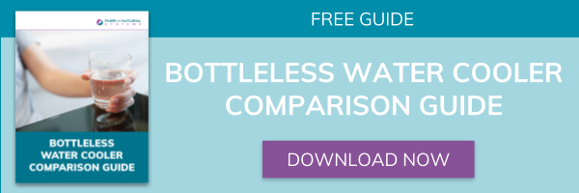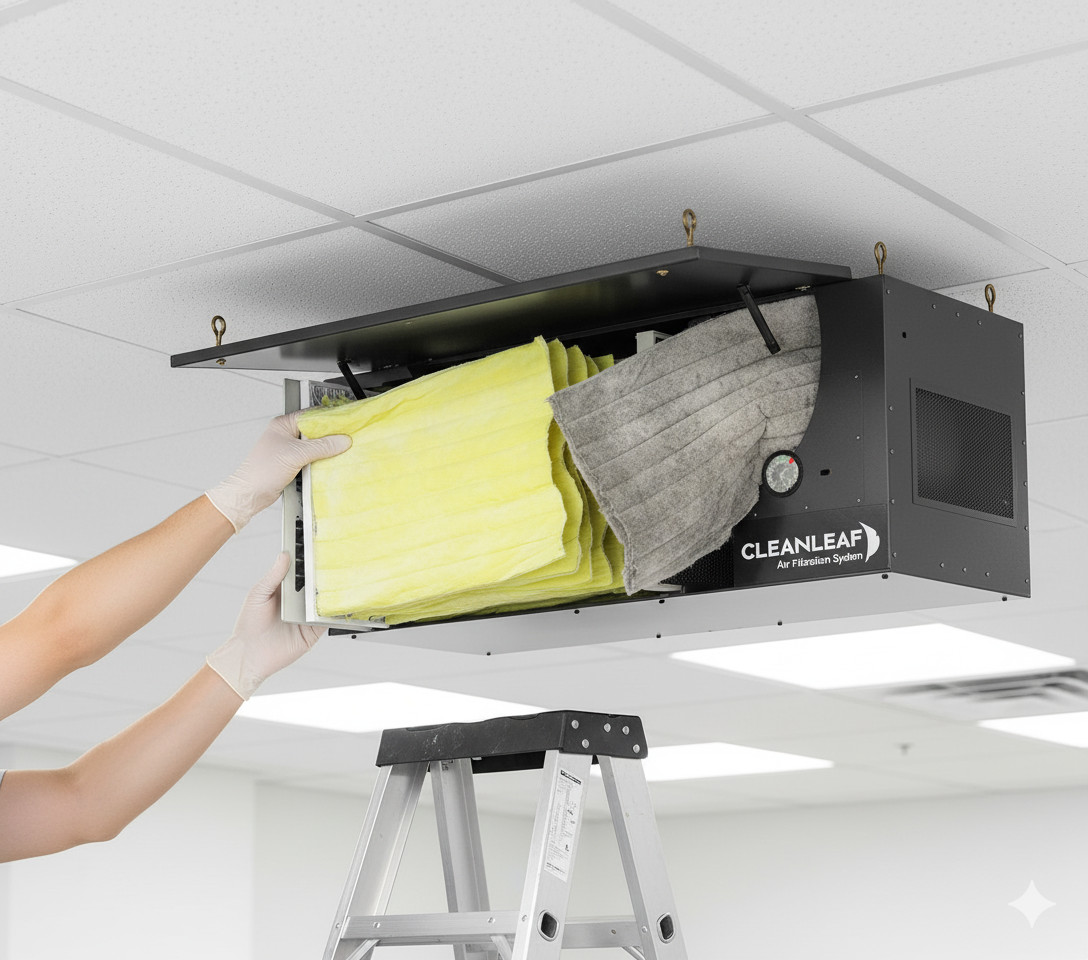
When you’re craving the crisp flavor and feeling of filtered water, you probably aren’t thinking about how it got that way. You’re just glad to have that clean quenching drink conveniently coming out of your water dispenser or faucet. Maybe you give a small thought to how much healthier your purified water is. After all, who knows what contaminants were in that water before it went through the filter system.
However, you should know that there are several different types of water filter systems, and each works differently to give you that refreshing drink you love. Each has its pros and cons, and not all filter out the same particles from your water. If you know what kind of water filter system you’re using, here are the basics of how it purifies and improves your drinking water. The next time you take a sip of delicious filtered water, you might spare a thought for how your water filter system achieved such great results.
The Basics
Whatever type of water filter system you use, they all follow some pretty basic concepts. Every system has some type of filter that removes the contaminants from the water that passes through it. Your purified drinking water comes out the other side and is dispensed for your drinking pleasure and the contaminants are disposed of. To maintain your water filter system, you need to change or clean the filter periodically so it doesn’t get gunked up with particles.
The biggest difference between different water filter systems is how their filters stop contaminants and which contaminants they are capable of filtering out. Here are the most common types of water filter systems for home and office use and how their filtration works.
Activated Carbon
Activated carbon water filters are ideal for absorbing chemicals in your water such as chlorine. They contain an organic carbon medium that is porous to capture and trap chlorine molecules as water passes through. Some carbon filters are also certified to remove heavy metals and bacteria.
Because most activated carbon filters are limited in what they filter out, they are often used with another type of filter. But they are very good at improving the taste and odor of water, and the filters only have to be changed once a year on average.
Reverse Osmosis
Reverse osmosis water filter systems are some of the most effective out there. They work by forcing water across a semi-permeable membrane that collects a wide variety of contaminants while letting clean water pass through. The purified water is collected in a holding tank waiting to be dispensed into your glass. Meanwhile, the contaminants are disposed of down the drain.
Reverse osmosis membranes can remove as much as 95% of contaminants which is why these water filter systems are so popular. They can even remove fluoride, lead, and dissolved salts as long as you replace the filter membrane periodically.
UV Sterilization
Another highly effective type of water filter system uses UV sterilization filters. These filters use the electromagnetic energy of UV light to kill dangerous bacteria and similar microorganisms. UV sterilization is proven to kill 99.99% of germs in tap water. Homeowners like this kind of water filter system because it disinfects water without adding chemicals to it. Unfortunately, UV sterilization cannot filter out other contaminants like minerals, chemicals, and debris.
Do you know what kind of water filter system you use at home or work? The next time you enjoy a sip of fresh filtered water, you’ll know exactly how it came to be so tasty and clean.
You’ll also be better prepared to choose your next water filter system when the time comes. There’s more to filtered water than the type of filtration, however. Check out Pure n Natural’s Bottleless Water Cooler Comparison Guide to learn how convenient filtered water from a bottleless water cooler is at home and work.




